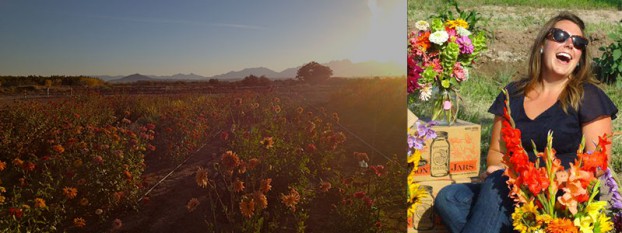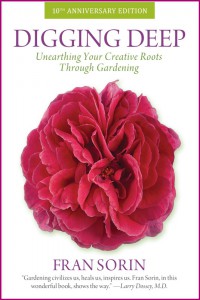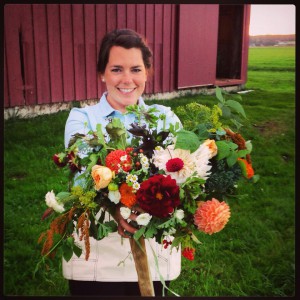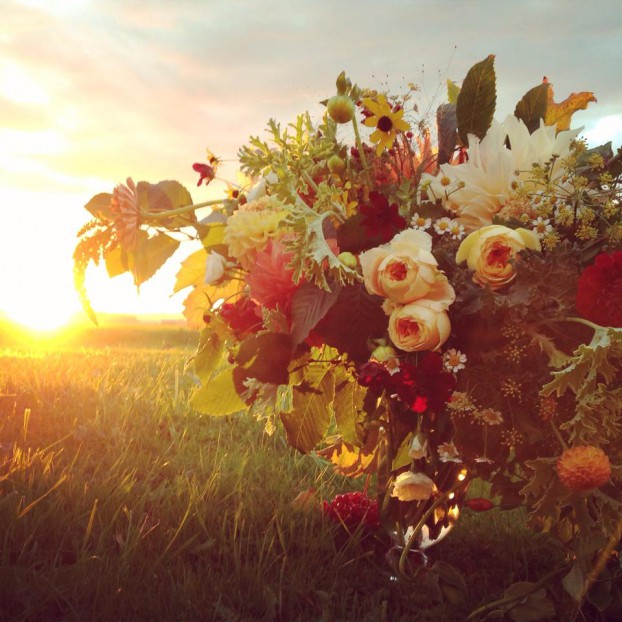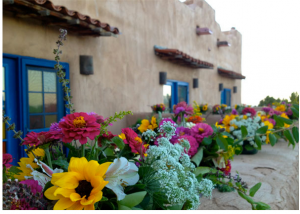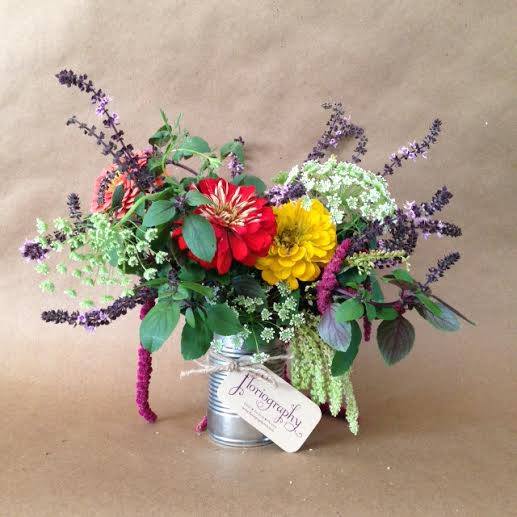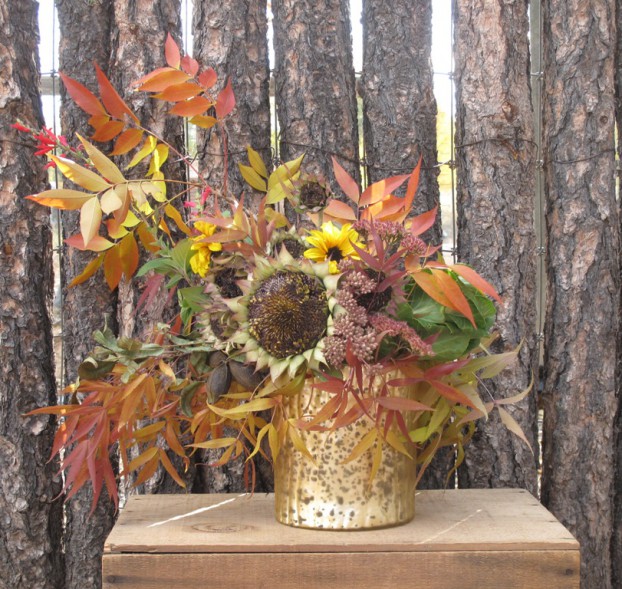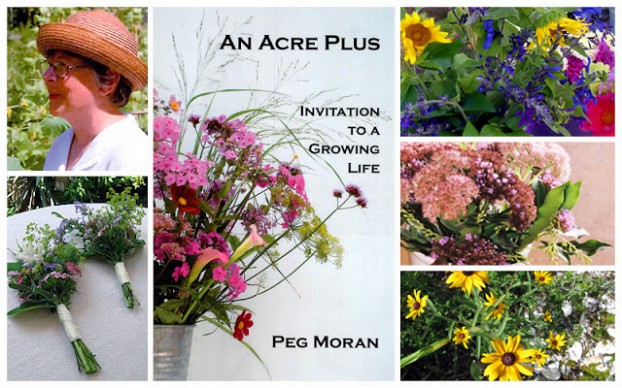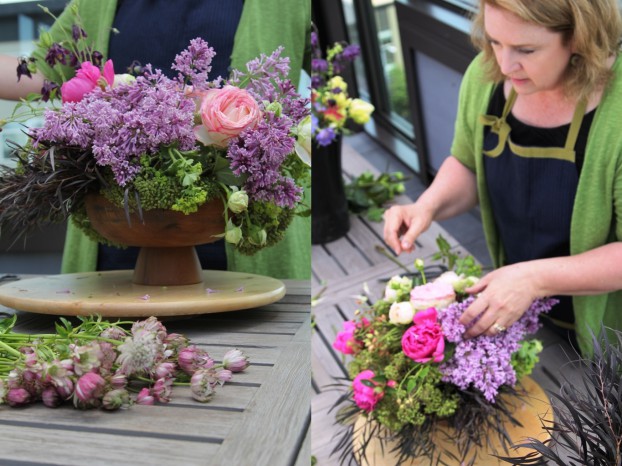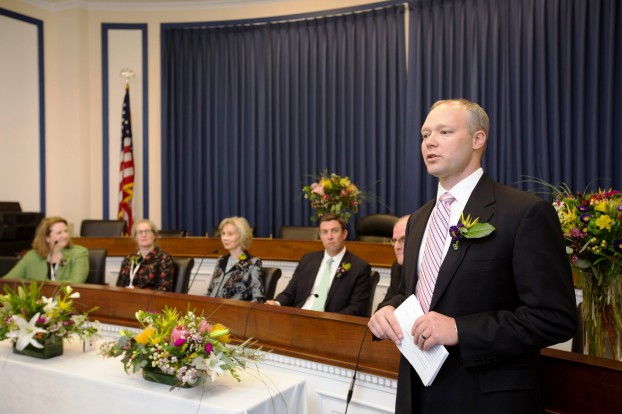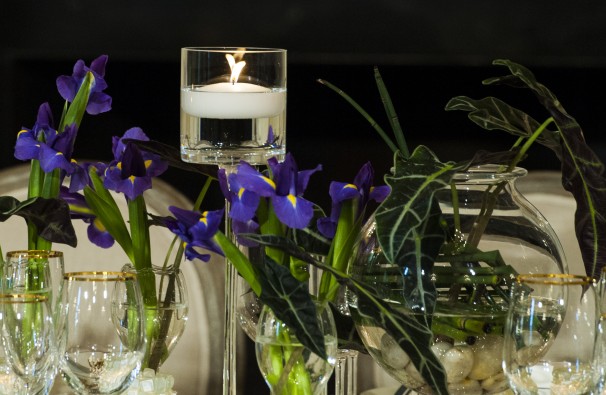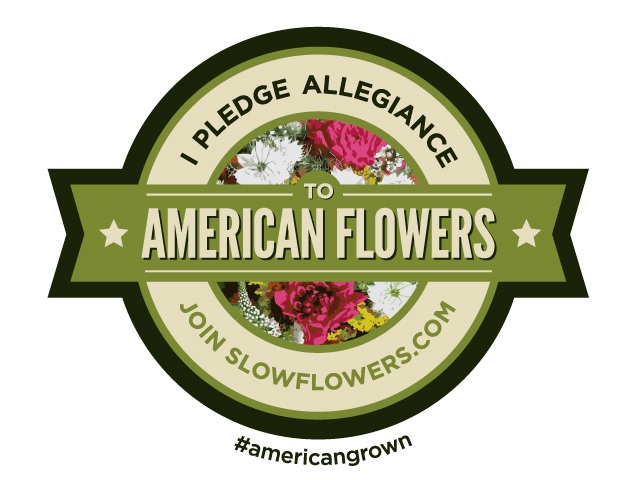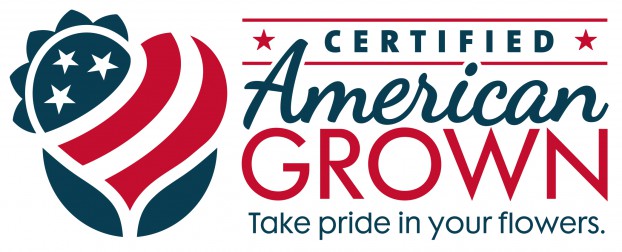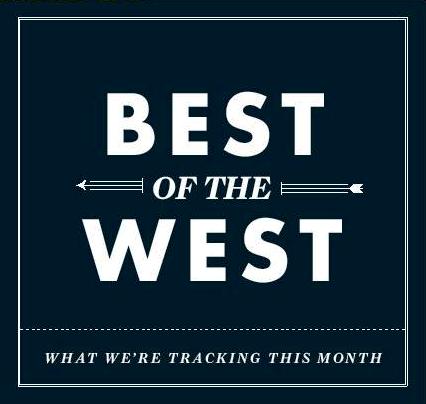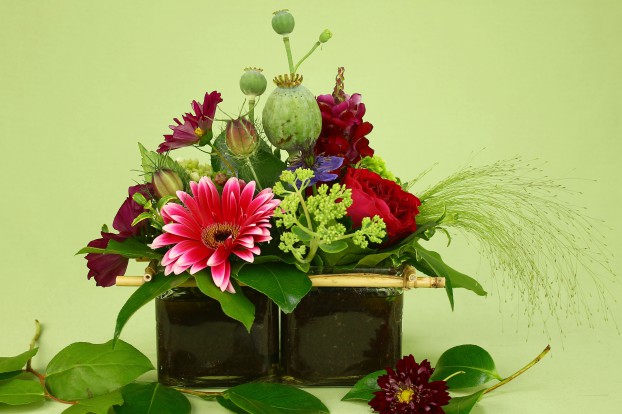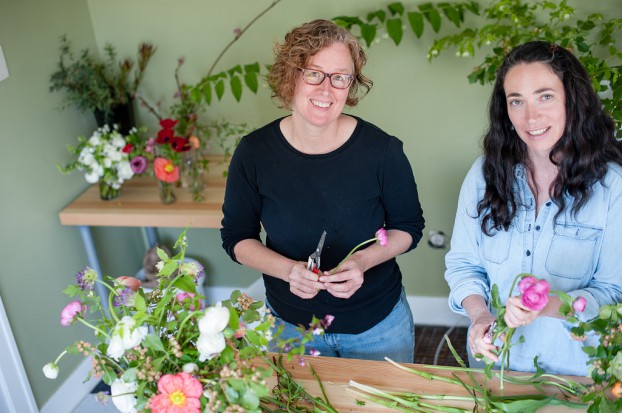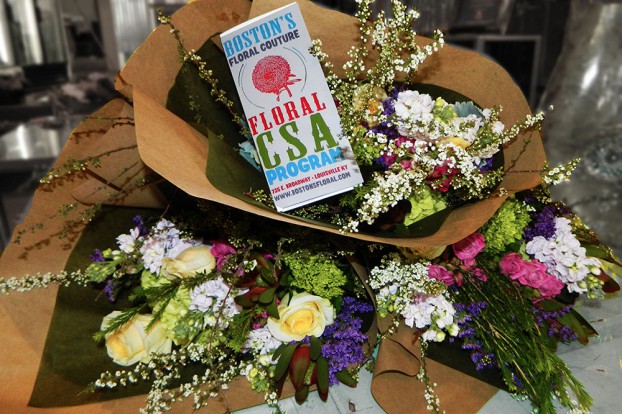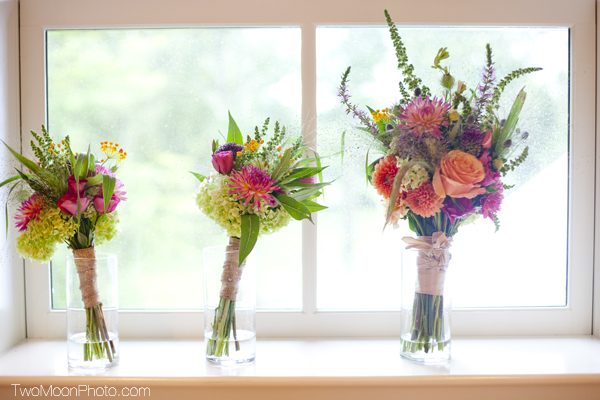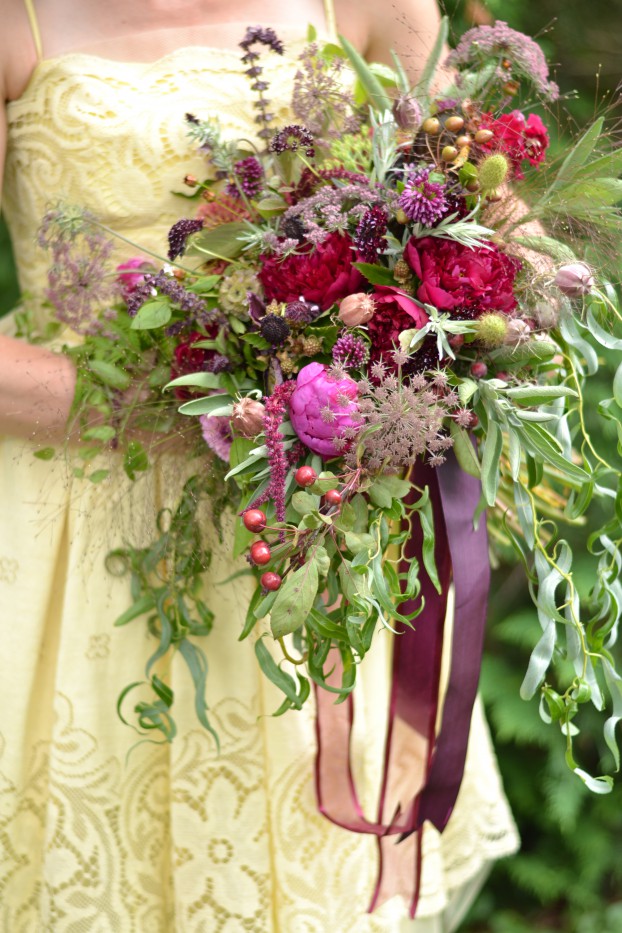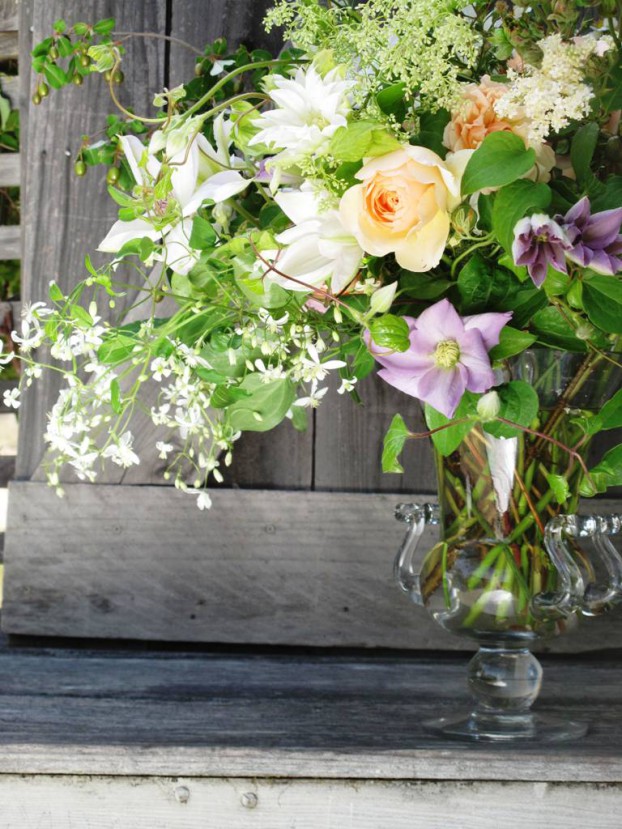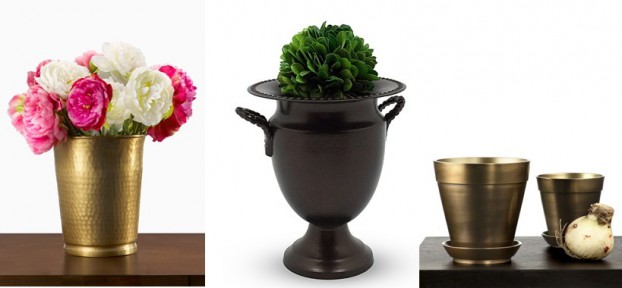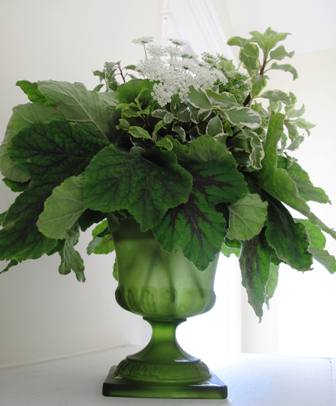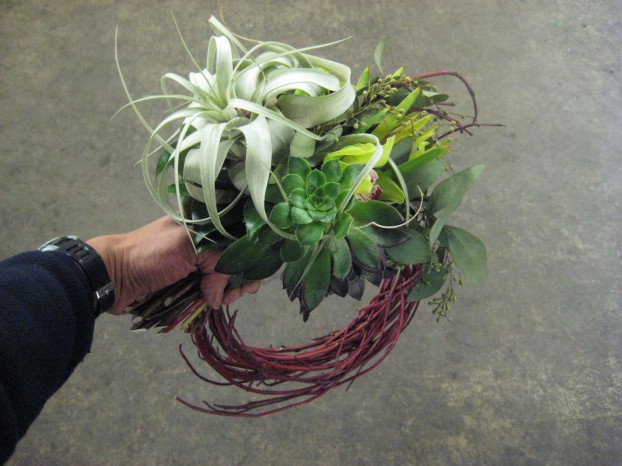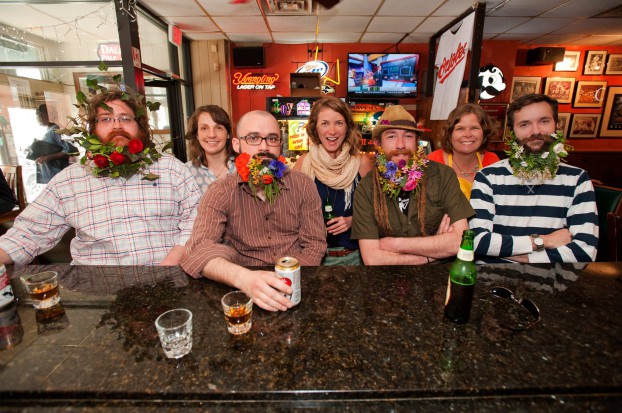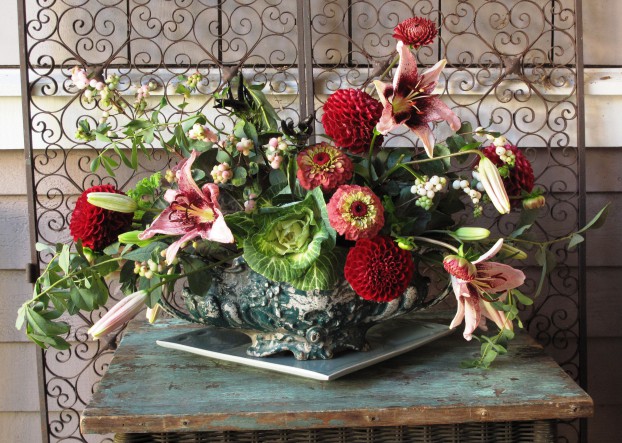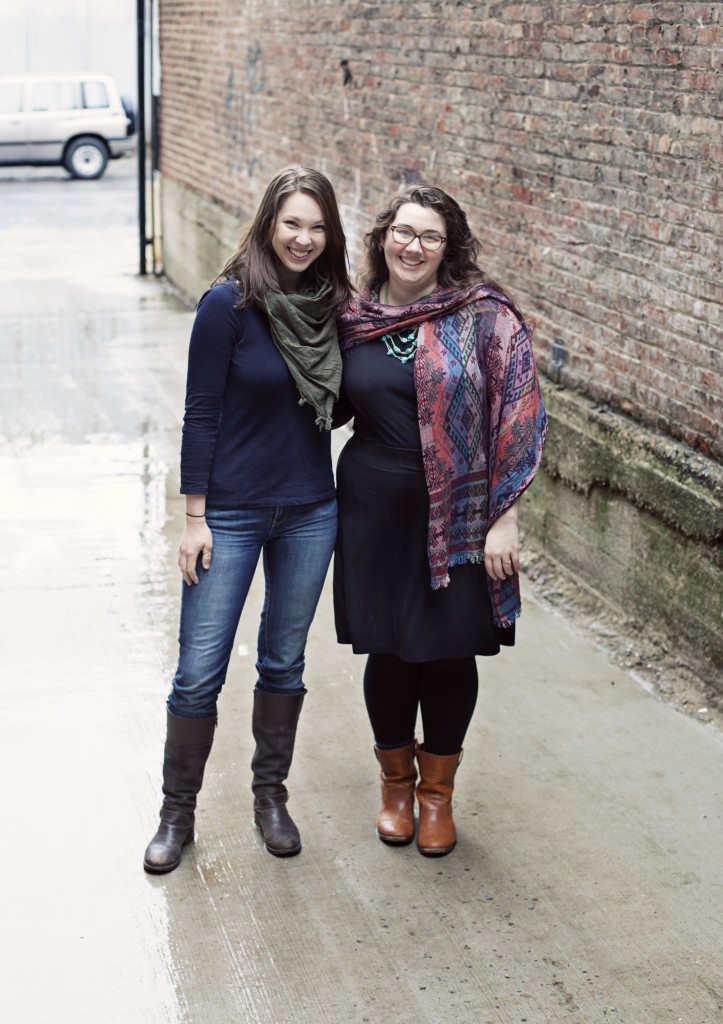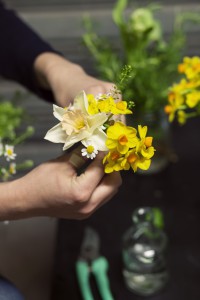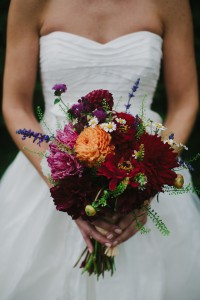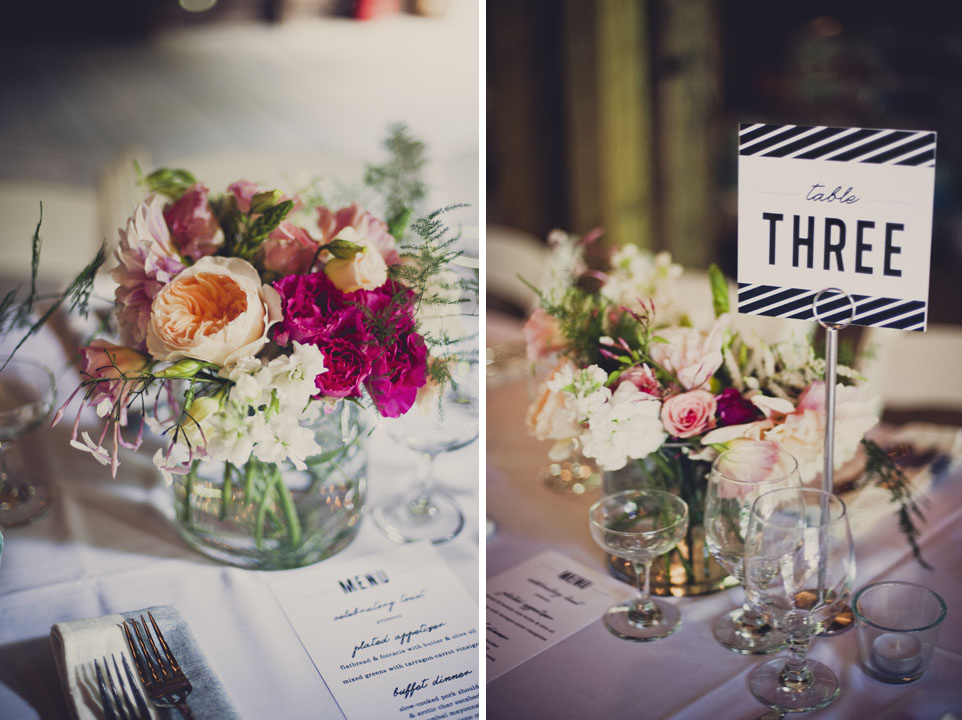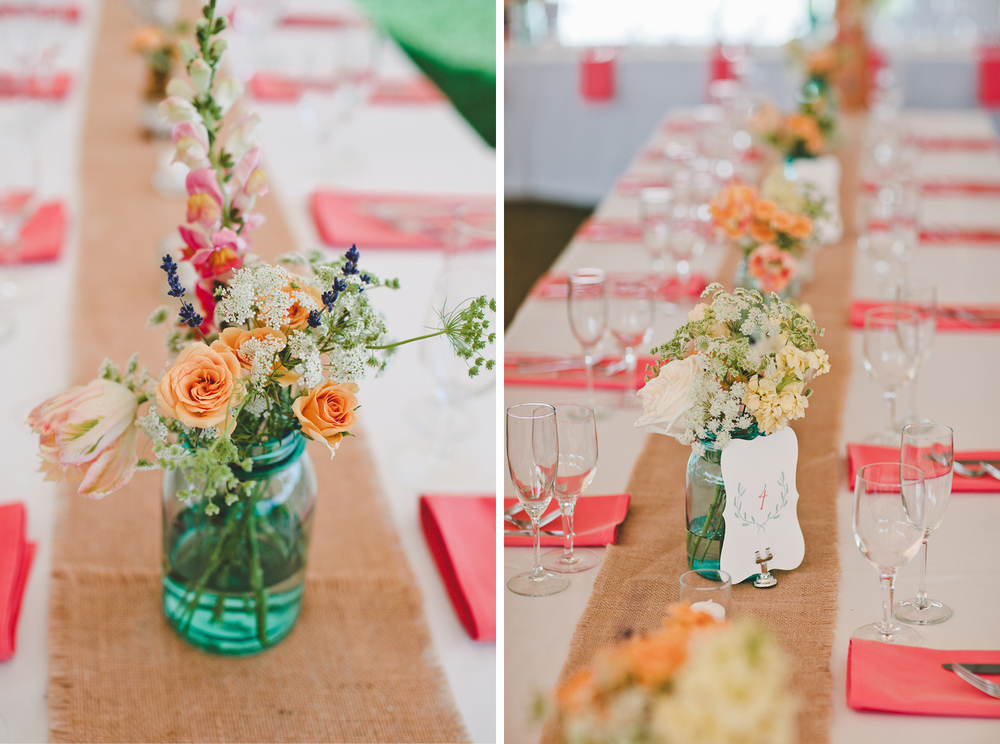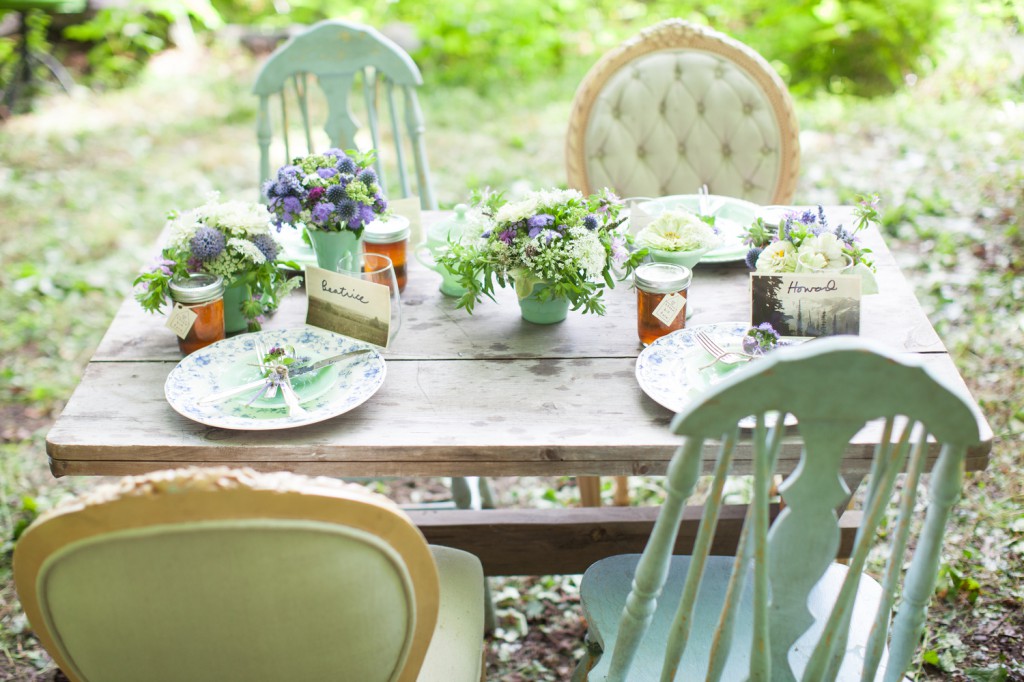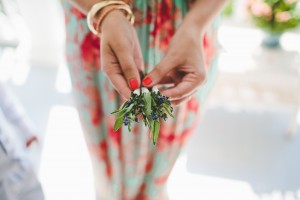Podcast: Play in new window | Download
Subscribe: Apple Podcasts | Podcast Index | RSS | More
Last week’s featured guest was Fran Sorin, gardening and creativity expert, and author of the just-released 10th Anniversary edition of Digging Deep: Unearthing Your Creative Roots Through Gardening.
Fran graciously contributed a copy of her book for me to give away to our listeners. The lucky recipient from our drawing is Wendy Gorton. In her comment on my web site, Wendy shared her earliest memory of flowers or nature – and I know that when Fran hears this, it will bring a huge smile to her face. Wendy wrote:
I’m adopted and lucky enough to have had an adoptive mother who loved working in the garden. She would take me out with her at a very early age, where we would plant vegetables and flowers and make mud puddles. This time with my mother was such a gift and taught me how to reconnect to what is important in life. A beautiful story in relation to this…my mother told me that one time, after one of our sessions in the garden where we both came in just covered in mud, the social worker stopped by, as was the case with adoptions. My mother was mortified and tried to explain why we were covered filthy. The social worker just smiled and said, “no worries; it looks like this little one is having a healthy childhood.”
Thanks to everyone who took the time to comment and I hope you come back to win something in one of our future drawings!
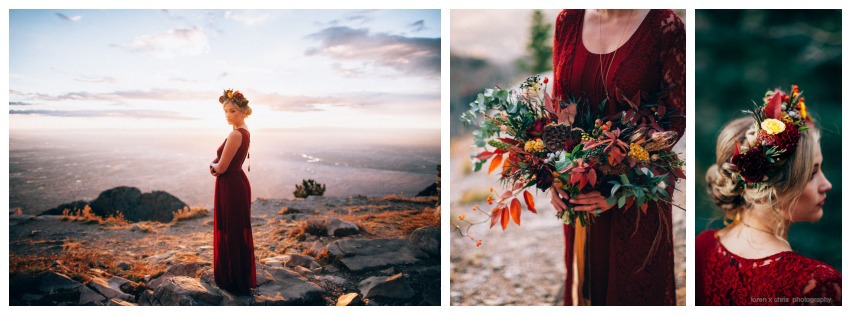
The gorgeous floral designs of Emily Calhoun, Floriography NM. This is the project that reminds me of Frida Kahlo!
I’m super excited to introduce you to today’s guest, Emily Calhoun. A farmer-florist who owns Floriography, Emily has established her growing fields and design studios in two locations — Albuquerque and Las Cruces, New Mexico.
Albuquerque is in the center of the state and Las Cruces is in that little niche near El Paso, Texas where New Mexico, Texas and Mexico come together. We’re talking 235 miles apart!
Floriography blossomed in 2012 when Emily saw the need, even a thirst, for responsibly grown flowers and a fresh, new design aesthetic that was modern, yet steeped in tradition (just like her!).
She proudly produces and utilizes stunning heirloom flower varieties alongside all-time favorites like sunflowers and tulips.
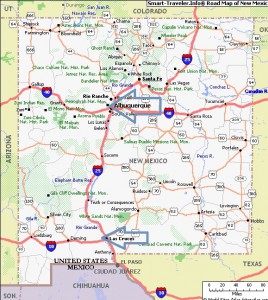
Check out the arrows that indicate Albuquerque in the north/central part of the state – and Las Cruces in south/central.
Floriography’s business model is unique in that Emily collaborates with other growers, landscapers, and home owners to harvest many local and native plants, cacti, and foliage, bringing a special touch from New Mexico’s beautiful landscape through her floral designs to table, event, or special occasion.
Sourcing botanicals locally eliminates many of the extra costs associated with the floral industry, thus making it affordable to enjoy the benefits of fresh flowers.
Floriography is the expression of Emily’s pleasure and skill in providing beautiful, unique, natural, and innovative floral design while honoring her agricultural heritage through sustainable best growing practices.
The name Floriography (while it is indeed a mouthful!) reinforces Emily’s belief that flowers carry profound meaning for the thoughtful giver and the lucky recipient.
Floriography, defined as the language and the art of communicating through flowers, gained popularity in the days of Victorian England. This interest in the language of flowers had roots in Ottoman Turkey, when during the first half of the 18th century the court in Constantinople became obsessed with tulips .
Floriography is founded on this powerful and romantic notion that flowers are such wonderful communicators.
“Our mission is to help our clients express their fondest thoughts, hopes, and feelings through our flowers and design,” she says. “I believe in flowers…”
Emily continues, and this is excerpted from the Floriography web site:
“I am constantly in awe of the natural beauty that surrounds us in the Rio Grande valley.
I love walking through the farm land and down the drainage ditches collecting pods, grasses, and other unique vegetation.
After living around the country, working in Latin America and Europe as a travel guide and cook, and traveling through several Asian countries, I always knew I’d return to my agricultural roots in southern New Mexico and West Texas to join my family’s farming business.
“Upon returning to New Mexico after one of my adventures, I threw a big dinner party and was shocked to discover that while we live in a beautiful and productive valley, the closest source for buying “farm fresh” cut flowers was more than 500 miles away.
As an avid dinner party and entertaining enthusiast, I was sad and discouraged that the flowers for my events had to be sourced from such a distance (even South America), and may not have been grown in a way respectful to the environment or the workers.
So, I decided it was time that our beautiful valley should add specialty cut flowers to its agricultural repertoire. Thus began Floriography.”
“We believe in honoring our environment and agricultural heritage in a way that delights the senses.” is one that resonates with me – and I know it will with you.”
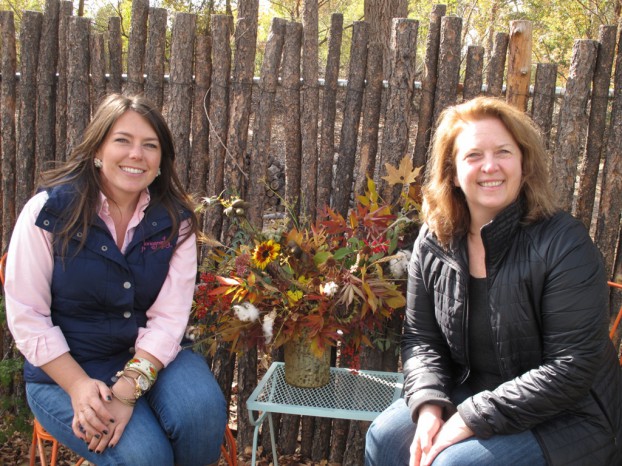
On a sunny, but chilly morning last November, I got to play in the garden with Emily Calhoun of Floriography.
I recorded this podcast in mid November when I was able to visit Emily while traveling through Albuquerque for a day. We had a lovely interlude on her homestead that included playing with all sorts of gorgeous ingredients gleaned from the farm in Las Cruces as well as from the growing fields on her land outside Albuquerque. Here are the November bouquets we designed. I think they’re simply sublime:
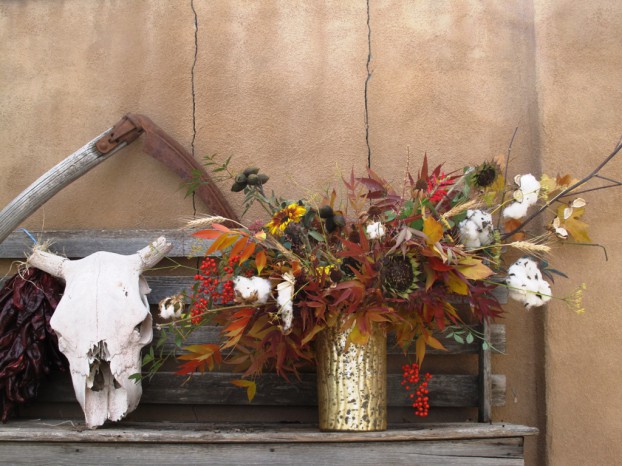
Quintessentially local – A gorgeous arrangement, foraged and harvested from only New Mexico-grown ingredients. Design: Emily Calhoun
I want to conclude today’s podcast by sharing the very sad news that the Slow Flowers community lost a lovely and wise flower farmer on December 25th. Peg Moran, owner of Friends in the Country, a flower farm in Pawtucket, Connecticut, was Stonington Farmer’s Market’s flower vendor for 17 years, since the market began in 1997.
Here is what the Stonington Farmer’s Market shared on their Facebook Page:
During the growing season, she supplied the Market with a wide range of flowers, from common favorites to unique wonders that she grew on an acre of land she cultivated in Pawtucket. It was always a banner day at the Market when Peg returned for the season wearing her signature straw hat, the back of her car filled with buckets of beautiful flowers.
Her book, An Acre Plus, An Invitation to a Growing Life, describes her journey to becoming an experienced flower grower and building her business, Friends in the Country. She used sustainable farming techniques to raise cut flowers for weddings, parties and local farmers markets. She brought on teen garden apprentices from Stonington High School to learn agricultural techniques and help in her business. She grew annuals in long raised beds and fifty varieties of perennials in terraced beds that curve around her farmhouse on Mary Hall Road. Recently, responding to growing demand, she modified her business model and began growing bulbs for the holiday and early spring seasons, working with other local growers to extend and broaden her seasonal offerings.
Peg was a fervent entrepreneur, and she shared that passion with others, developing entrepreneurship courses and teaching at the University of California as well as far-flung schools in Estonia and Russia. She developed curriculum and taught peer-based programs for microloan lending agencies in Boston, Massachusetts, Willimantic and New London, Connecticut.
She was devoted to sustainable, local and small-scale agriculture. She spearheaded CLUC*K (Chicken Lovers Urge Change), the organization that promoted back-yard chicken farming and successfully worked to change planning and zoning regulations to permit such farming in Stonington.
Peg—author, entrepreneur, farmer and agricultural advocate—lived a busy, engaged life. She was a mother, grandmother and mentor to many. She worked hard, crusaded for causes in which she believed, and supported herself through her lively intellect and avid interests. She will be remembered as “the flower woman” to her customers and “quite a woman” to her friends.
I only met Peg recently – this past November at a Slow Flowers farmer/florist gathering at Robin Hollow Farm in Rhode Island. It was such a lovely evening and I’m so grateful Peg drove nearly an hour to join us. I came home to Seattle immediately and ordered An Acre Plus, Peg’s memoir that she self-published in 2009.
After reading every word I sent Peg a note only a few weeks ago telling her how much I adored her book. I didn’t hear back from her and she died six days later. But hope she read my note and that it made her smile.
My condolences to Peg’s family and her vibrant farming community. If you want to be moved by her beautiful language and honest insights about making a living as a flower farmer, I urge you to get a copy of An Acre Plus. I had hoped to have Peg on this podcast as a guest in 2015. Now, sadly, you’ll have to listen to her voice through the pages of her book.
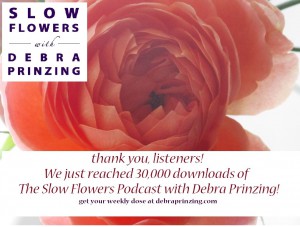 Thanks for joining me today. My personal goal is to put more American grown flowers on the table, one vase at a time. Listeners like you are downloading and listening to the Slow Flowers Podcast more than ever before! We reached 30,000 downloads this week. So I thank you!!! If you like what you hear, please consider logging onto Itunes and posting a listener review.
Thanks for joining me today. My personal goal is to put more American grown flowers on the table, one vase at a time. Listeners like you are downloading and listening to the Slow Flowers Podcast more than ever before! We reached 30,000 downloads this week. So I thank you!!! If you like what you hear, please consider logging onto Itunes and posting a listener review.
The Slow Flowers Podcast is engineered and edited by Andrew Wheatley and Hannah Holtgeerts.
This podcast is brought to you by Slowflowers.com, the free, nationwide, online directory to florists, shops, and studios who design with American-grown flowers and to the farms that grow those blooms. It’s the conscious choice for buying and sending flowers.
And thanks to our new sponsor, the California Cut Flower Commission, committed to making a difference as an advocate for American Grown Flowers. Learn more at ccfc.org.









